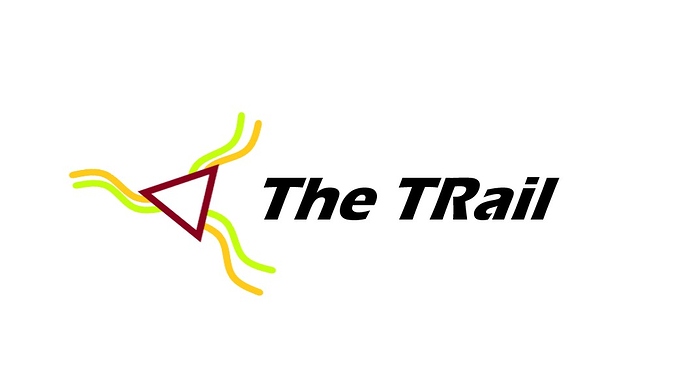IMO, light rail really only makes sense in either of the below two cases, and is only a slam dunk when both are met. Raleigh currently meets neither.
1. When demand for transit is high enough that bus service isn't enough, but underground/elevated rail, or regional rail on an existing railroad aren't the right fit
a. Existing buses are full, and running about every 5 minutes all day long
b. There is enough space for dedicated, surface right-of-way for much of the route (such as a median, an existing busway, the ability to take some lanes away from cars)
c. Some at-grade, on-street running is needed, meaning a fully elevated or fully underground option is not necessary, not technically feasible, or not affordable for some reason
d. A comparable, existing, parallel rail corridor either does not exist or cannot be upgraded for high frequency/high capacity regional rail
Examples:
-Seattle’s recent light rail construction/expansion
-Converting the LA Orange Line would fit this category
Considering Raleigh:
Right now, there is nowhere in Raleigh where bus ridership is high enough to justify light rail. With a big change in development patterns, I could see significant ridership growth on any of the BRT corridors. But for conversion to light rail, Capital, Wilmington, and Western aren’t great candidates, largely because they already have parallel rail corridors less than a mile away, that are being eyed for conversion to commuter rail. Before adding light rail in the same direction as a commuter rail line, you would need to weigh that against improving the commuter line - including electrification, adding more stops, and running trains more frequently. New Bern might be promising, however, since the the existing freight rail corridor is not being eyed for commuter trains, and the route from downtown to WakeMed and on towards Knightdale is circuitous and runs along sparsely populated waterways and swamps.
There are other possibilities where no rail line exists, like Glenwood Avenue or Six Forks - but we should look toward improving bus service first, including bumping bus frequency, adding quality busways, and building enough density to support ridership, before going to the expense of building light rail.
And on any of these corridors, if we do get there in terms of ridership, we’ll have to ask the question of whether light rail, which runs mostly or entirely at-grade, would in fact be the best fit, or whether we should pursue grade separated (elevated/underground) transit instead.
2. There is an existing, abandoned or underused rail corridor that can easily be taken over for light rail, and provides significant benefits over just running more buses
a. Abandoned or underutilized
b. For sale or publicly owned
c. Able to be taken over wholly by light rail (with the possible exception of occasional time-segregated overnight freight trains)
d. Well located, next to destinations, existing density, and/or areas that would be good candidates for TOD
e. Long enough to be worth using - at least a few miles
f. Some at-grade, on street operation is needed to complete the line (If the rail corridor is enough by itself, then just upgrade it to a regional rail line, rather than converting it for light rail.)
Examples:
-Charlotte Blue Line. 19 miles long, uses 8 miles of essentially abandoned rail corridor, from Archdale in South Charlotte, to Matheson in NoDa, through the heart of uptown (just two blocks from Tryon!)
-Maryland Purple Line. 16 miles long, uses 3.5 miles of abandoned rail corridor between Bethesda and Silver Spring
Considering Raleigh:
We do have some rail corridors heading north and south from downtown that are underutilized - and by building some new connections, one of them in each direction could be made redundant. As I have mentioned before in this thread, I think the southern corridor would be more beneficial as a rail-trail than as light rail. The northern corridor is just 2 miles long (from near Capital & Wake Forest, to near West & North in Glenwood South,) stopping well short of the core of downtown. While this could be useful for connecting to a light rail line along Six Forks, IMO it’s not enough on its own to justify choosing light rail over another mode (unlike the 8 mile abandoned corridor in Charlotte.)





